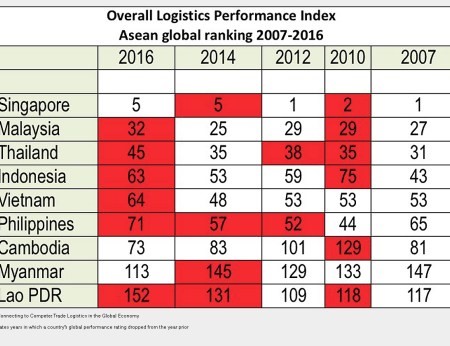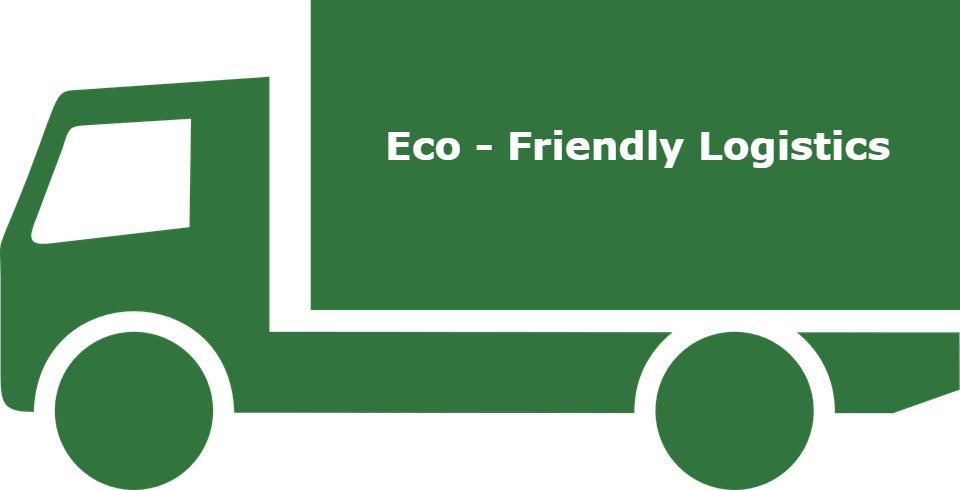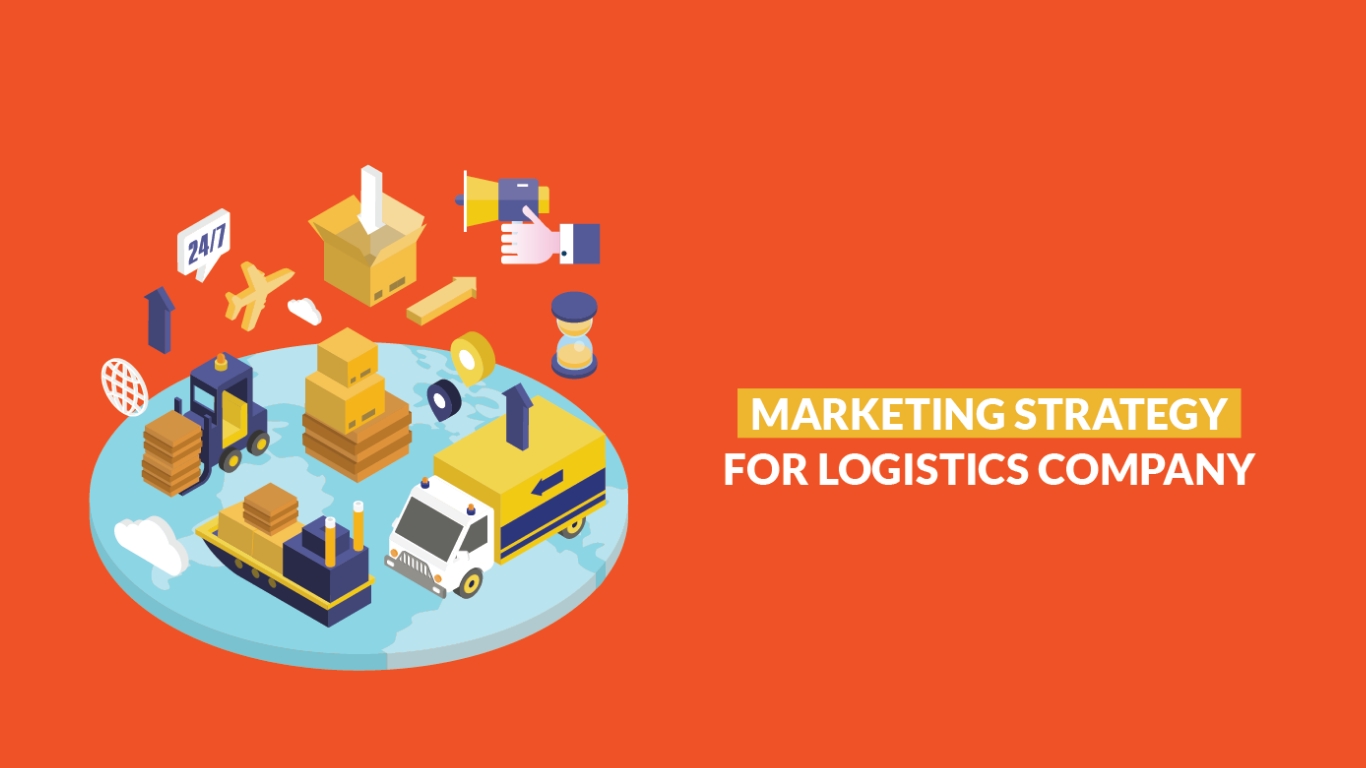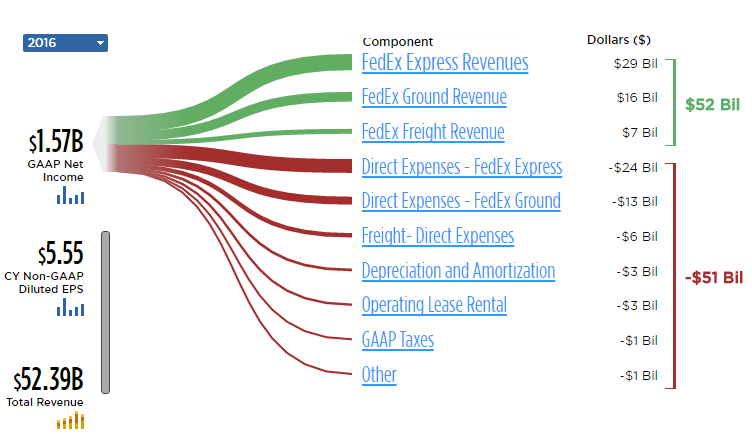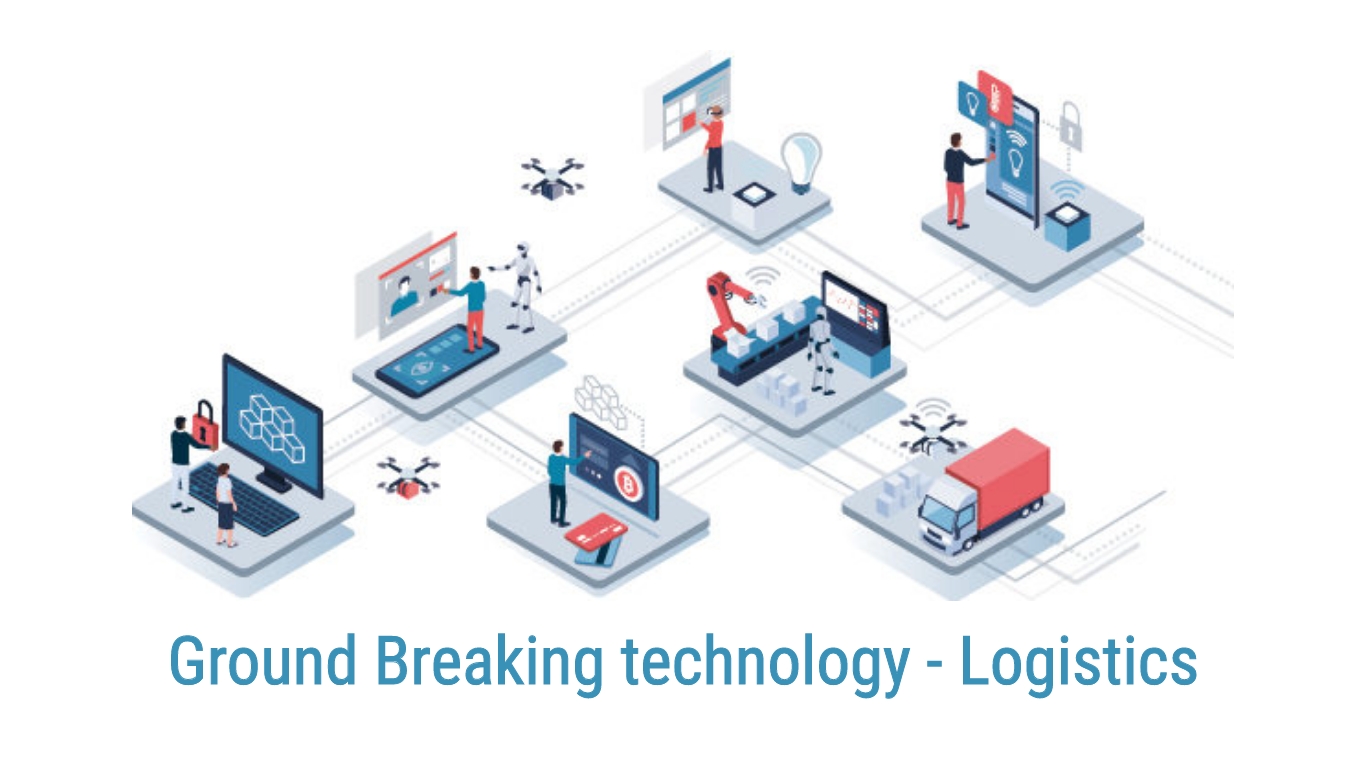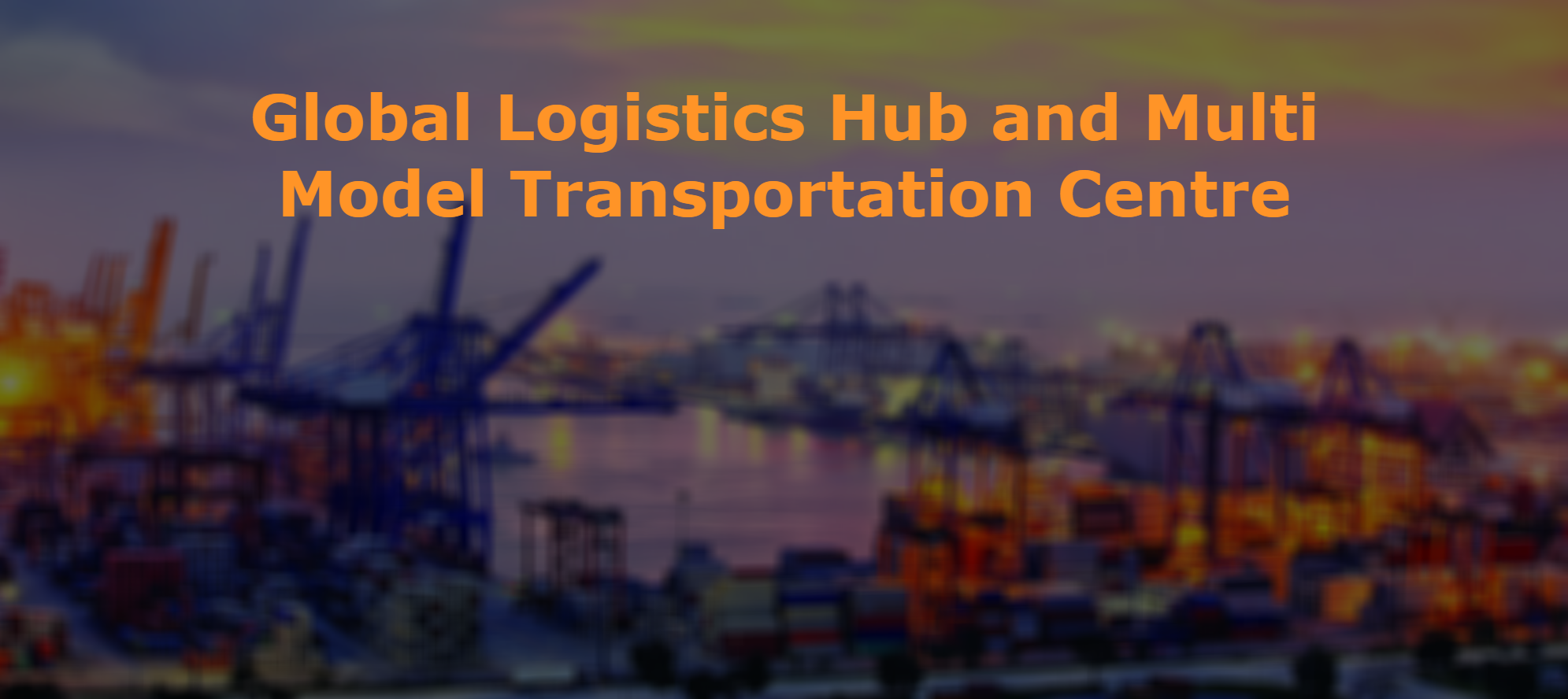PLAN TO REDUCE LOGISTICS COST
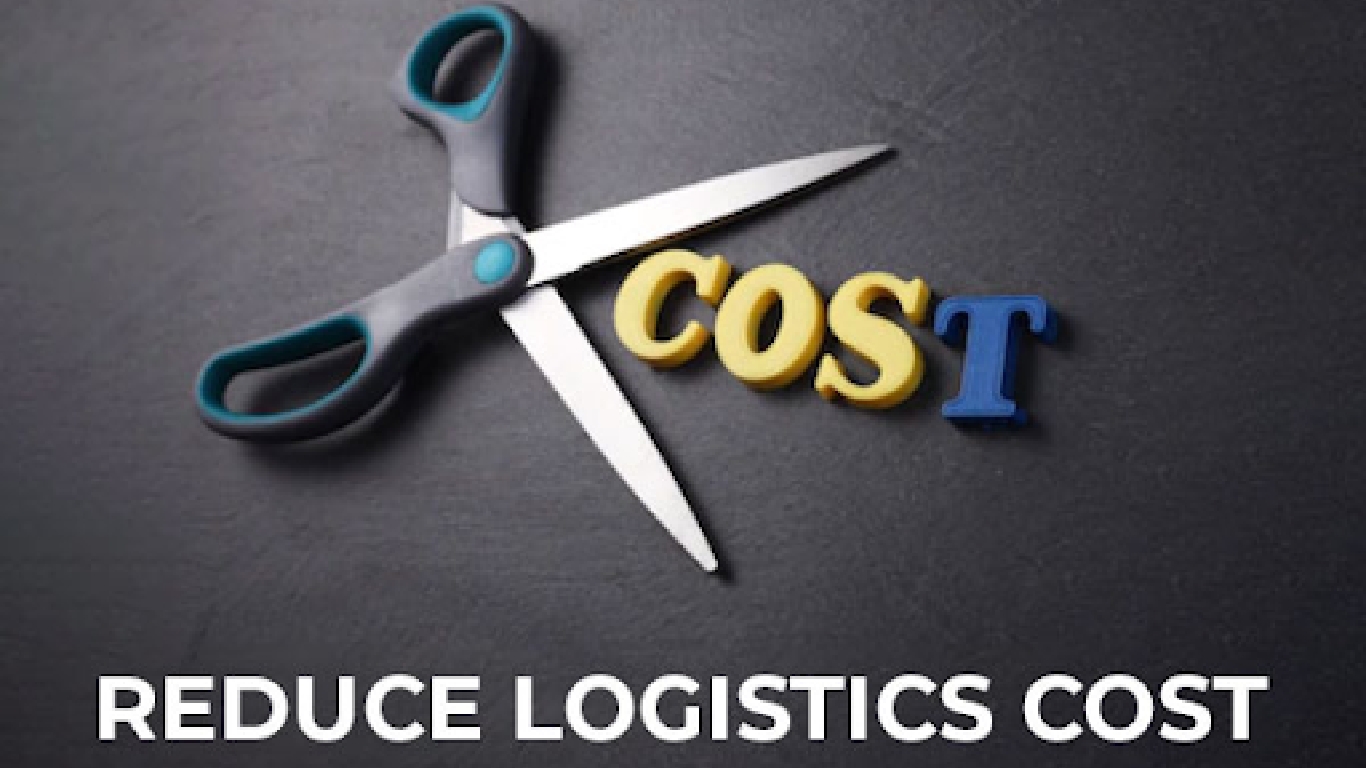
India has initiated multi-modal program to reduce logistics costs and make the economy competitive. It has been the biggest and effective decision taken by the government towards transportation industry. This project covers all the aspects of improving logistics and transportation. After grave research on logistics Government has decided to transform the entire logistics business to reduce good’s price, speed up delivery and quality of life.
1. Significance of this strategy :
The strategy includes transformation of India’s logistics sector from “point-to-point” model to a “hub-and-spoke” model and can be implied in railways, highways, inland waterways and airports to put in place an effective transportation grid.
This model is called multi-modal transportation, this project is to simplify transportation operation between multiple region or across country.
Multi-modal transport plan includes 35 multi-modal logistics stations at an investment of Rs 50,000 crore. Multi-modal transport play to reduce logistics costs.
2. Implementation :
To implement this, the government is going to host summit show—India Integrated Transport and Logistics Summit—in May.
35 logistics stations have been proposed and identified, they will be set up on railways, highways, inland waterways and airports transportation grid. Fifteen such logistics stations will be constructed in the next five years, and 20 more over the next 10 years. They will act as hubs for freight movement enabling freight aggregation and distribution with modern mechanized warehousing space.
This project will include pre-cooling plants, cold storage, storage facilities for agricultural produce, food grains, hardware, cement, steel, fertilizer. It will have fuel pumps and also truck maintenance shops. All of this will be at one place outside the city.
3. How it will work?
A joint venture will be set up between National Highways Authority of India (49% share) and the partner (51%) for the project which may be a state government or a private entity.
40% of acquired land will be developed and returned to the landowner. While 20% of the land will be sold to finance the project, the profit from the rest 40% of the land will go to National Highway Authority of India.
4. Benefits & Opportunities :
Its first impact will be that it will reduce pollution, traffic jam, create new employment opportunities and contribute towards increasing exports.
It is for the first time that gov has taken an integrated approach for the country’s transportation. This will increase India’s exports, provide employment opportunities, will be cost effective, and will make goods cheaper in the country.


